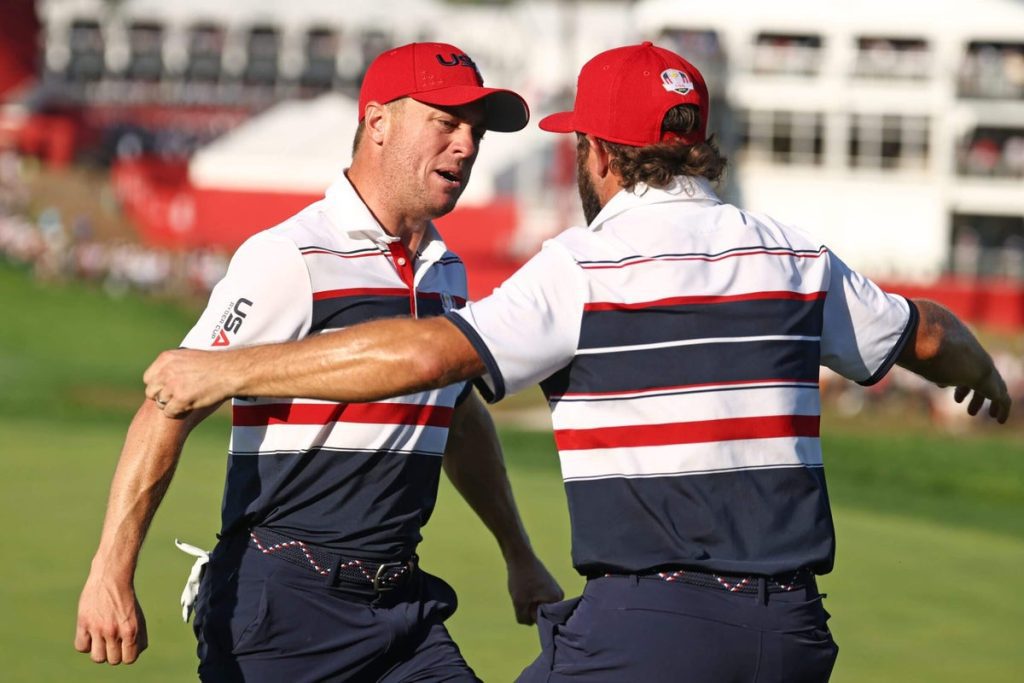Europe arrived in New York, jokingly with “the same 12 sets of DNA from Rome two years earlier” — 11 returning players and the twin of the 12th. This was a seasoned team characterized by skill, confidence, and a flair for silencing American audiences.
However, beneath the discussion of intangible qualities, it’s crucial to note that these veterans were also in top form. Key players like Rory McIlroy and Jon Rahm were performing at elite levels, while Tommy Fleetwood made his mark. An experienced Justin Rose nearly clinched two majors before the Cup, and Robert MacIntyre transformed from a last-minute addition to a proven winner.
The success of the European team was rooted in the blend of tangible skill and intangible qualities. They featured both closers in match play and the top 12 European golfers, with 11 ranked in the world’s top 30.
This got The Athletic considering not only the failures in New York but also the attributes of a successful U.S. team, particularly one that could excel overseas in the future.
Despite discussions around the captain’s decisions and structural issues, it became clear that the U.S. team arrived unprepared. Many players were inexperienced at this level, while the stars who needed to shine had subpar seasons. With Scottie Scheffler struggling significantly, there were no solid foundations for the U.S.
So, let’s explore what the ideal U.S. Ryder Cup team should look like for 2027 in Ireland’s Adare Manor. This isn’t merely a prediction; it’s about conceptualizing what a winning team entails and how the U.S. can reclaim road success, something it hasn’t done since 1993. The ideal composition would focus on strong match play abilities over mere statistics.
For our captain, rather than opt for Tiger Woods, who, despite his tremendous respect and past success, can sometimes overshadow the team dynamic, I would choose Jordan Spieth. His leadership is vital, as he commands respect and embodies the spirit of American golf, guiding his peers in challenging situations.



